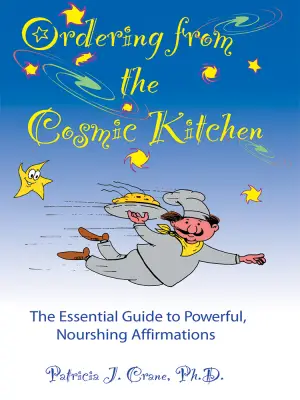Navigating the Second Half of Life: A Reflection on From Strength to Strength by Arthur Brooks
As I turned the pages of From Strength to Strength: Finding Success, Happiness, and Deep Purpose in the Second Half of Life, I couldn’t help but reflect on my own journey through life’s vicissitudes. Arthur Brooks, a Harvard professor and social scientist, offers us a guide that doesn’t just resonate with the aging process; it celebrates the wisdom that comes with it. The title alone piqued my interest, prompting me to consider what “strength” truly means as we traverse the inevitable shifts that accompany age.
Brooks addresses a universal apprehension with remarkable clarity: no one enjoys the notion of decline. He writes, “Devote the back half of your life to serving others with your wisdom.” This is an invitation not only to face aging but to embrace it. As someone in my forties, the idea of a second curve—where the sharp declines of physical and mental prowess can transition into a different kind of strength—was refreshing. Brooks brilliantly juxtaposes fluid intelligence, which peaks around 30, with crystallized intelligence—the accumulated wisdom that enriches our later years.
One of the profound messages from this book is the power of reframing our approach to the second half of life. For those of us who find the idea of losing mental agility daunting, Brooks reassures us that while our raw processing power may wane, there’s a wealth of experience and knowledge that can be transformed into wisdom. As he puts it, “Excellence is always its own reward,” and it’s in this phase that we learn to transition from striving for more to appreciating what is most significant.
The writing style is engaging and conversational, making complex psychological insights accessible. Brooks intersperses poignant anecdotes with actionable advice in a way that feels encouraging rather than preachy. For example, I was particularly taken by his concept of creating a reverse bucket list—shifting our focus from “more” to reflecting on what truly brings joy as life’s clock ticks down. This resonated deeply with me, reminding me to prioritize experiences and relationships over mere accomplishments.
Other memorable tidbits, like the encouragement to “cultivate your Aspen grove,” reinforce the importance of meaningful connections as we age. Brooks underscores that support networks can dramatically improve our resilience. It’s a poignant reminder that while the body may change, the bonds we forge can keep us grounded and fulfilled.
When he urges us to embrace vulnerability, I found myself nodding in agreement. It’s so relatable; admitting our weaknesses can be a gateway to strength. Brooks’ closing seven-word mantra—“Use things, love people, worship the divine”—serves as a gentle reminder of our priorities in this life, how we can realign our focus to foster deeper connections and find fulfillment.
I wholeheartedly recommend From Strength to Strength to anyone navigating the complex landscape of aging, particularly those over forty. Whether you’re seeking wisdom or just a thoughtful companion for this journey, Brooks provides a roadmap that empowers us to make the most of our later years. Personally, this book validated my feelings about aging—reminding me that life is a continuing adventure, rich with potential for growth and impact. It helped me embrace the idea that while the second half of life may look different, it can also be deeply rewarding, marked by meaningful contributions that resonate for generations to come.
Discover more about From Strength to Strength: Finding Success, Happiness, … on GoodReads >>













